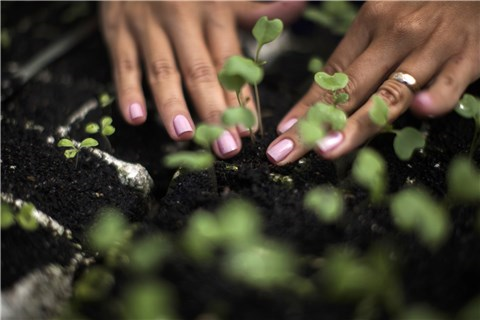Article: The future of water
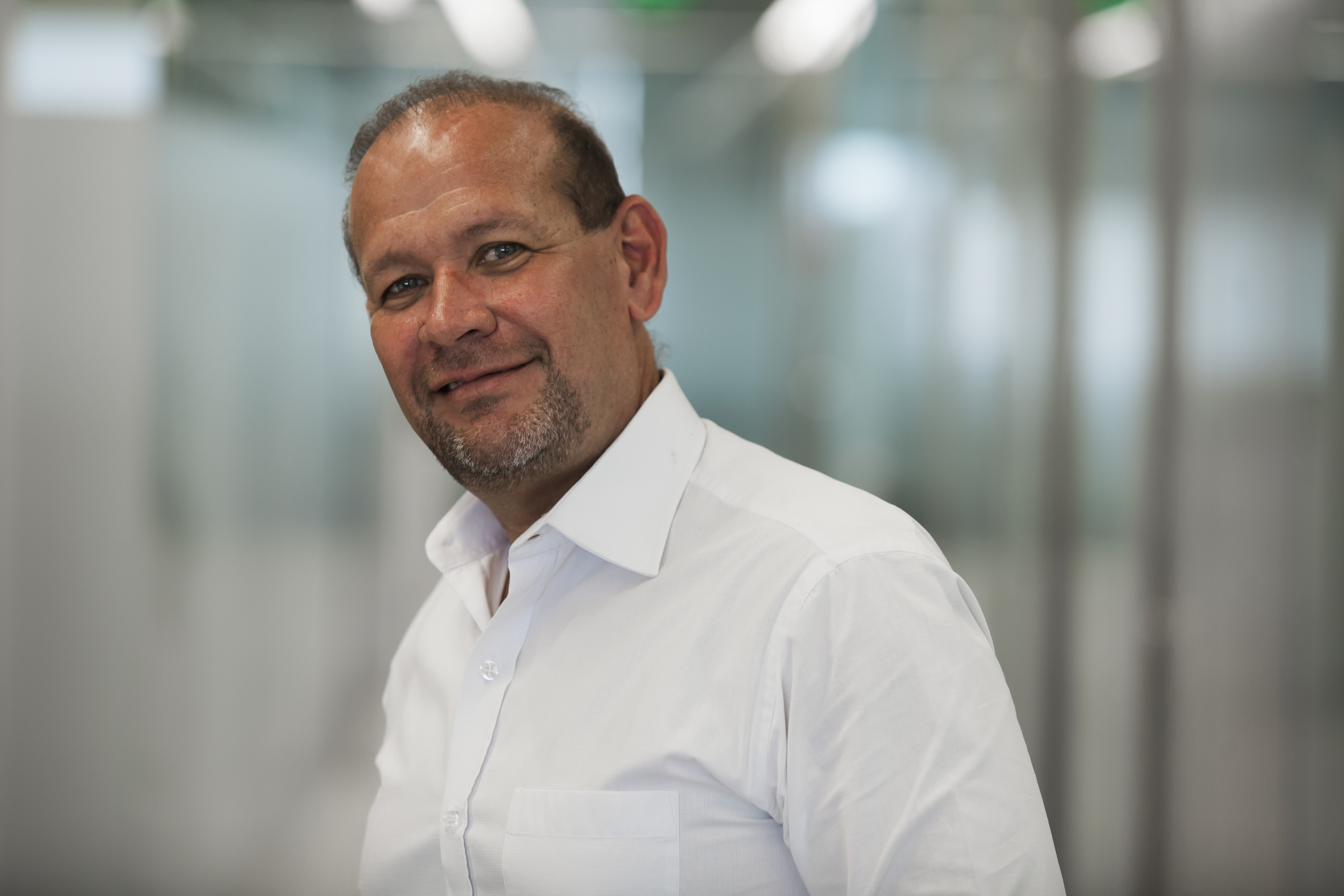
Mario Pino*
The crises in water supply in Brazil have been succeeding in increasing speed and gravity. In the Northeast, severe droughts marked dramatically the years 1980, 2009 and 2017, and in the Southeast, the years 1964, 2003 and 2015. This climb is in line with the statistics released by the German company Munich Re, one of the largest the world, according to which the frequency of extreme weather events on the planet with economic losses has grown by about 3.0 times since 1990 already causing an annual loss of $ 1.3 trillion for the world economy, according to the World Economic Forum.
Data from the Worldwatch Institut (WWI) point out that population growth by 2030, when the global population is expected to reach about 9 billion, will require 50% more food, 40% more energy and 30% water. In this time horizon, the United Nations Organization projects that demand for water should exceed supply by 40%. In the least developed countries this deficit, coupled with the lack of basic sanitation for a large part of the population, dramatically compromises efforts to reduce infant mortality, especially caused by gastrointestinal diseases.
Although it consumes about 20% of the world's water, compared to 70% absorbed by irrigated agriculture together, the industrial sector is convinced that the main threat of this alarming progress lies in its performance. Even because access to water is considered a fundamental human right by the United Nations since 2010, and the population, which consumes only 10% of the total, will always have priority in cases of severe water shortages. Just like agriculture, as food production is essential to life. Therefore, in this circumstance, the industry will be the first to be affected by any restrictions on water supply.
Many steps have already been taken by the industrial sector to reduce the consumption of treated water. Bringing the question to Brazil, the solution of industrial reuse water, produced from treated sewage with advanced technology including ultrafiltration membranes and reverse osmosis, is available and its adoption is increasing among large companies. One of them is Braskem, which, through a partnership with Odebrecht Ambiental and Sabesp, enabled the creation of the Aquapolo Project at ABC Paulista, of which the petrochemical industry consumes 65%. This initiative allowed Braskem's reuse water index in the region to expand to 97% of the total.
It is not enough for the private sector to take care of the efficient use of water internally in the industries, but it also has to engage its entire chain of value (suppliers and/or clients) in this effort, besides seeking intersectorial cooperation to discuss public policies that encourage the reuse of rainwater, of domestic sewage, treated effluent and desalinated water. In this sense, a model to be followed is the Less Loss More Water Movement, launched by Rede Brasil of the Global Compact, which is linked to the UN.
One of the main objectives of this movement is to promote the engagement of public power, organized society and private initiative in the control and reduction of treated water losses in distribution, which reaches an average of 37% in our country, while nations such as Japan can contain waste lower than 10%. The path is known. It begins by reducing the pressure in the distribution networks, through the establishment of micro and macromediation systems capable of alerting about possible leaks and, from the information collected, to plan and execute the progressive exchange of the physical distribution network. High density polyethylene and polyvinyl chloride PVC pipes have proven to be more efficient, durable and competitive alternatives to replace traditional materials such as fiber cement and various metals.
In short, investing in increased water use efficiency can generate direct high returns for society as a whole. Take the example of Sanasa, operator of water and sewage services in the São Paulo region of Campinas, which reduced the Distribution Loss Ratio from 37.7% in 1994 to 21.6% in 2016, one of the lowest in the Country! This reduction saved 454 million cubic meters of water, guaranteeing the maintenance of the volume of the concession even with a population growth of 31%.
Improving water use efficiency, whether for domestic, industrial or agricultural purposes, is possible, but necessarily through the engagement and cooperation of all, government, society and the private sector to produce a solution at the required speed and scale.
* Mario Pino is Braskem's Sustainable Development Manager.
For more information related to press, please contact:
Fato Relevante
imprensa.braskem@agenciafr.com.br
Related News

Se você é um profissional da imprensa, a Braskem tem um canal feito só pra você.
Acesse aquiPress Releases
More news
Partnership between Braskem and ComBio drives competitiveness and decarbonization with electrification project in Paulínia

Braskem posts recurring EBITDA of R$818 million in 3Q25, up 91% compared to 2Q25

Braskem Collects Over 6 Tons of Waste During Global WeCare 2025 Actions

Braskem's Vesta Project Selected for the SB COP Awards and Will Be Presented at COP30
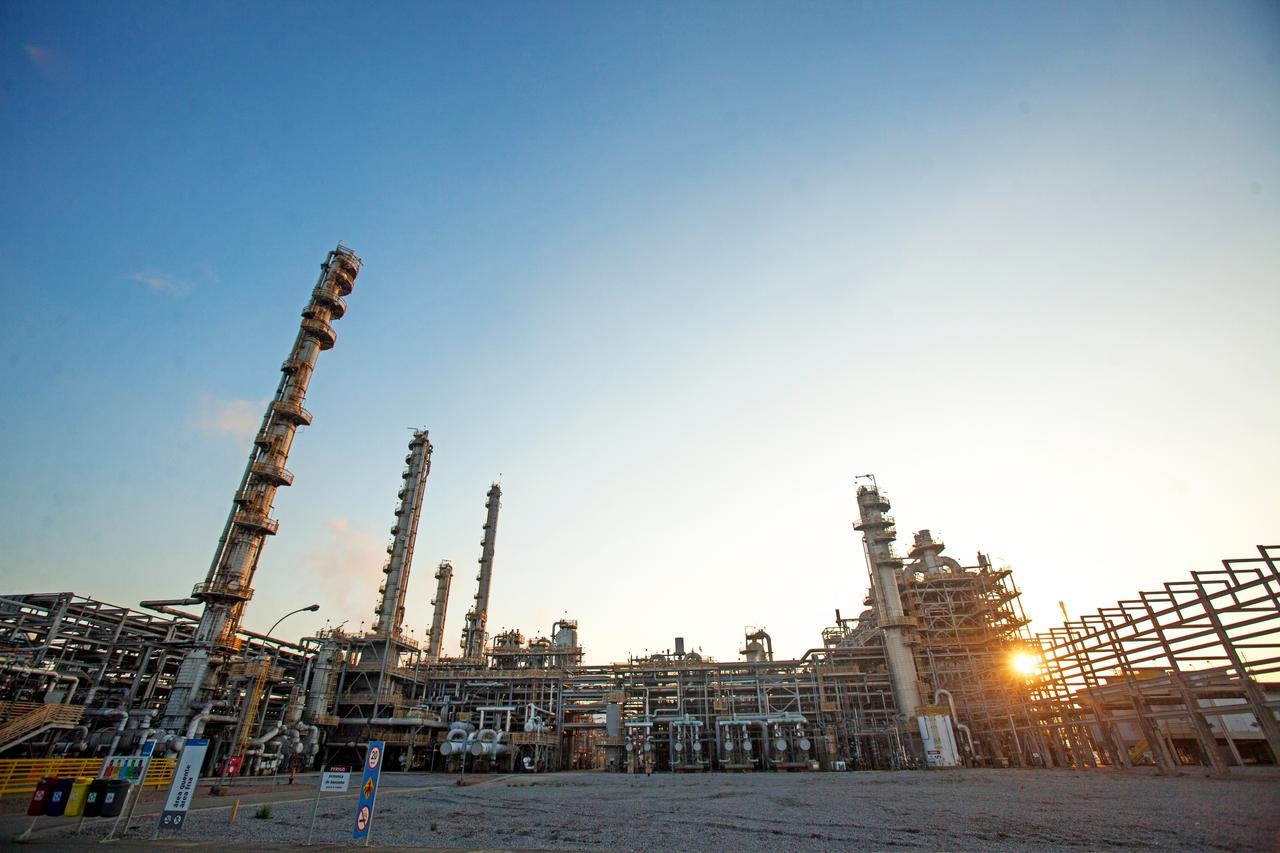
Braskem Approves Investment to Expand Ethylene and Polyethylene Production at Rio de Janeiro Facility

Braskem at COP30: Industry as Part of the Solution
Customers
Become a Braskem customer
Braskem is one of the largest suppliers of chemical and petrochemical products in the world, recognized for its focus on sustainable development, innovation and quality.
We believe in lasting partnerships, we have a broad portfolio of products and we work together with our customers to create new practical and sustainable solutions in all markets.
Talk to our sales team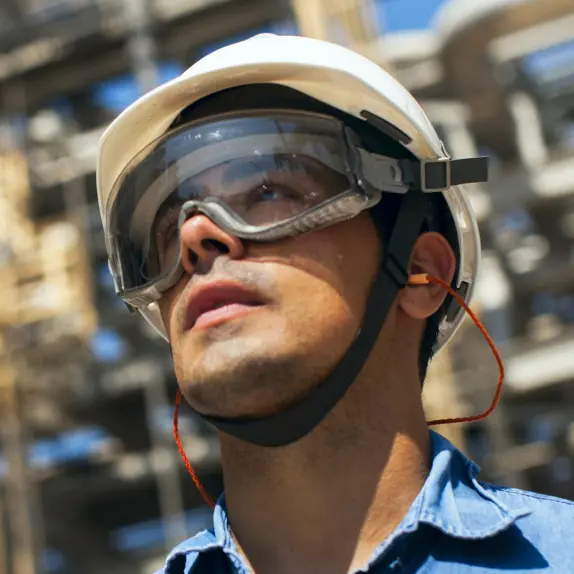
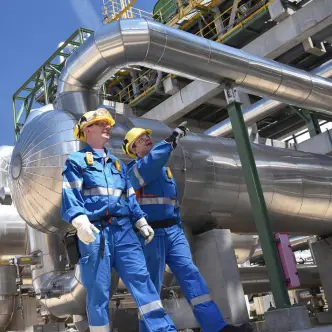

 Braskem Global
Braskem Global
 Braskem Idesa
Braskem Idesa
 Braskem USA
Braskem USA
 Braskem Europe
Braskem Europe






